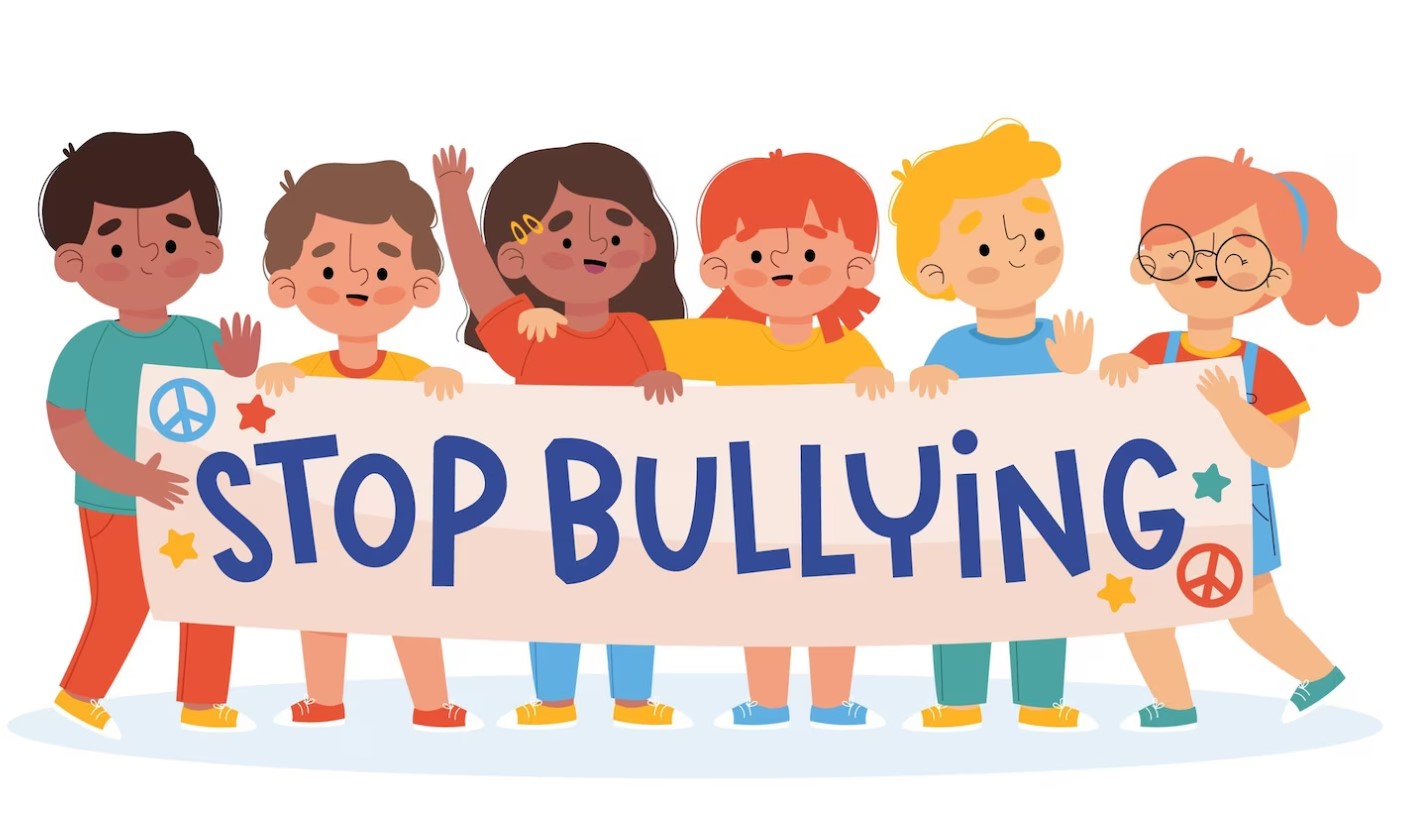
7 Effective Strategies for Breaking the Cycle of Bullying
Oct 02, 2023As therapists and other dedicated individuals working with individuals affected by bullying, you play a crucial role in breaking the cycle of this harmful behavior. By implementing effective strategies, you can help empower victims, educate bullies, and create a safer and more inclusive environment for all. In this blog post, we will explore seven powerful strategies to address bullying and provide you with practical tips to implement them effectively.
Strategy 1: Promote Awareness and Education

Educating individuals about the harmful effects of bullying is key to prevention and intervention efforts. By promoting awareness, you can help individuals recognize the signs of bullying and its impact on mental health. Here are three tips to implement this strategy effectively:
- Organize workshops and seminars: Host educational sessions to raise awareness about bullying in schools, community centers, and other relevant settings. Engage participants through interactive activities, role-playing exercises, and case studies.
- Collaborate with schools: Partner with educational institutions to incorporate anti-bullying programs into the curriculum. Provide resources, training, and support to teachers and staff to ensure a consistent approach to addressing bullying.
- Leverage digital platforms: Utilize social media, websites, and online resources to reach a wider audience. Create informative content, share success stories, and engage with your followers to foster a supportive online community.
Strategy 2: Foster Empathy and Social Skills

Developing empathy and social skills is essential in promoting understanding and reducing bullying behaviors. Here are three tips to foster empathy and social skills effectively:
- Role-playing exercises: Conduct group sessions where participants can take on different roles to understand various perspectives. Encourage active listening, open communication, and problem-solving to promote empathy.
- Teach assertiveness skills: Provide individuals with tools to express their needs and boundaries effectively. Role-play assertive responses to challenging situations, and provide feedback and guidance to help build confidence.
- Encourage inclusive activities: Organize team-building exercises, group projects, or collaborative initiatives that promote inclusivity. Encourage individuals from diverse backgrounds to work together, fostering empathy and respect for one another.
Strategy 3: Establish a Supportive Environment

Creating a safe and supportive environment is crucial for breaking the cycle of bullying. Here are three tips to establish such an environment effectively:
- Implement anti-bullying policies: Work with schools, organizations, and institutions to develop comprehensive anti-bullying policies. These policies should outline procedures for reporting incidents, consequences for bullies, and support systems for victims.
- Train staff and caregivers: Provide training to teachers, school staff, parents, and caregivers on identifying and addressing bullying effectively. Equip them with the necessary skills and knowledge to intervene promptly and support those affected.
- Implement peer support programs: Establish peer mentoring or buddy systems to create a network of support for individuals at risk of bullying. Encourage empathy, respect, and solidarity among peers to foster a culture of inclusivity.
Strategy 4: Encourage Open Communication

Open communication channels play a vital role in addressing bullying effectively. Here are three tips to encourage open communication:
- Create safe spaces: Establish designated safe spaces where individuals can share their experiences, concerns, and emotions without fear of judgment or retaliation. Ensure confidentiality and provide professional guidance.
- Active listening: Train yourself and others to practice active listening skills. Encourage individuals to express their thoughts and feelings, validating their experiences and providing empathetic responses.
- Develop trust: Build trusting relationships with those affected by bullying. Foster an environment where individuals feel comfortable seeking support and reporting incidents without fear of negative consequences.
Strategy 5: Provide Individualized Support

Tailoring support to meet the unique needs of those affected by bullying is crucial. Here are three tips to provide individualized support effectively:
- Conduct assessments: Perform comprehensive assessments to understand the specific challenges and needs of individuals affected by bullying. This includes evaluating their emotional well-being, self-esteem, coping mechanisms, and any underlying mental health conditions. Use this information to develop personalized intervention plans.
- Offer counseling services: Provide individual counseling sessions to victims of bullying, bullies themselves, and even bystanders who may be experiencing emotional distress. Use evidence-based therapeutic techniques, such as cognitive-behavioral therapy (CBT), to address the psychological impact of bullying and develop healthy coping strategies.
- Collaborate with other professionals: Work collaboratively with other professionals, such as school counselors, social workers, or psychiatrists, to ensure a holistic approach to support. Share relevant information and communicate regularly to provide comprehensive care for those affected.
Strategy 6: Engage Parents and Guardians

Involving parents and guardians is essential in tackling bullying effectively. Here are three tips to engage them in the process:
- Parent education programs: Organize workshops and seminars specifically tailored for parents and guardians. Provide information on recognizing the signs of bullying, effective communication strategies, and steps to support their children.
- Foster parent-school partnerships: Encourage collaboration between parents and educational institutions. Establish regular communication channels, such as parent-teacher meetings, to share updates on anti-bullying initiatives and address concerns collectively.
- Provide resources: Equip parents and guardians with resources, such as articles, books, or online platforms, that offer guidance on understanding and addressing bullying. Foster a supportive community where they can seek advice and share experiences.
Strategy 7: Evaluate and Improve Strategies

Continuously evaluating the effectiveness of your anti-bullying strategies is crucial for ongoing improvement. Here are three tips to assess and enhance your strategies:
- Data collection: Collect and analyze data on bullying incidents, intervention outcomes, and participants' feedback. Identify trends, patterns, and areas for improvement to inform future strategies and interventions.
- Seek feedback: Regularly seek feedback from individuals affected by bullying, parents, educators, and other stakeholders involved in your anti-bullying efforts. This feedback will provide valuable insights into the effectiveness and impact of your strategies.
- Stay updated: Stay abreast of the latest research, best practices, and evidence-based approaches to address bullying. Attend conferences, participate in professional development opportunities, and engage in ongoing education to enhance your knowledge and skills.
Consider enrolling in relevant continuing education courses, such as "Bullying Today!" offered by CEU Outlet.
CEU Outlet's "Bullying Today!" course is specifically designed to provide therapists with valuable insights and tools to address the evolving nature of bullying.
By enrolling in CEU Outlet's "Bullying Today!" course, therapists can gain the necessary knowledge and skills to address bullying effectively, stay up-to-date with the latest research, and fulfill their continuing education requirements. This course offers valuable insights and practical strategies to create a safer and more inclusive environment for individuals affected by bullying.
Conclusion:
By implementing these seven effective strategies, you can contribute to breaking the cycle of bullying and promoting a safer, more inclusive environment. Remember, it takes a collaborative effort involving therapists, mental health professionals, clinicians, psychologists, educators, parents, and the wider community to create lasting change. Together, we can empower individuals, foster empathy, and work towards a society free from the harmful effects of bullying.




